
PRODUCTS
Soy lecithin liquid is a natural lecithin mixture e……
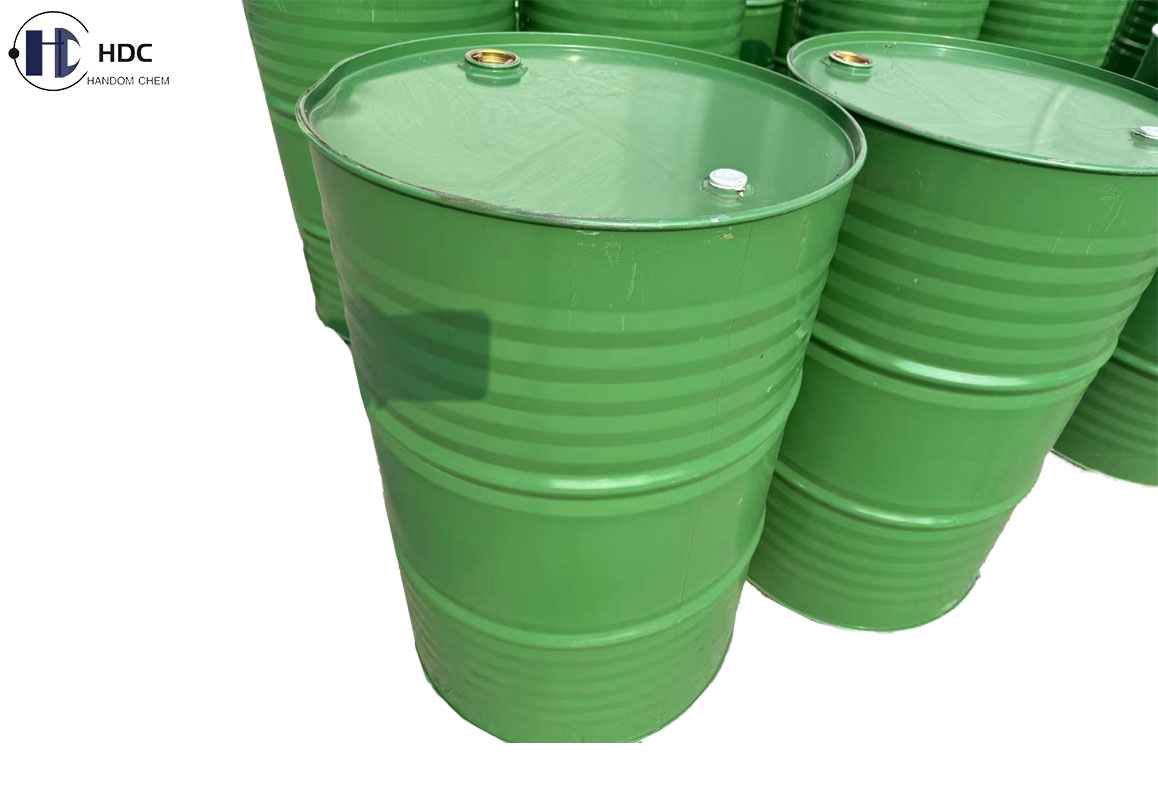
Soybean lecithin powder, also called soya lecithin ……
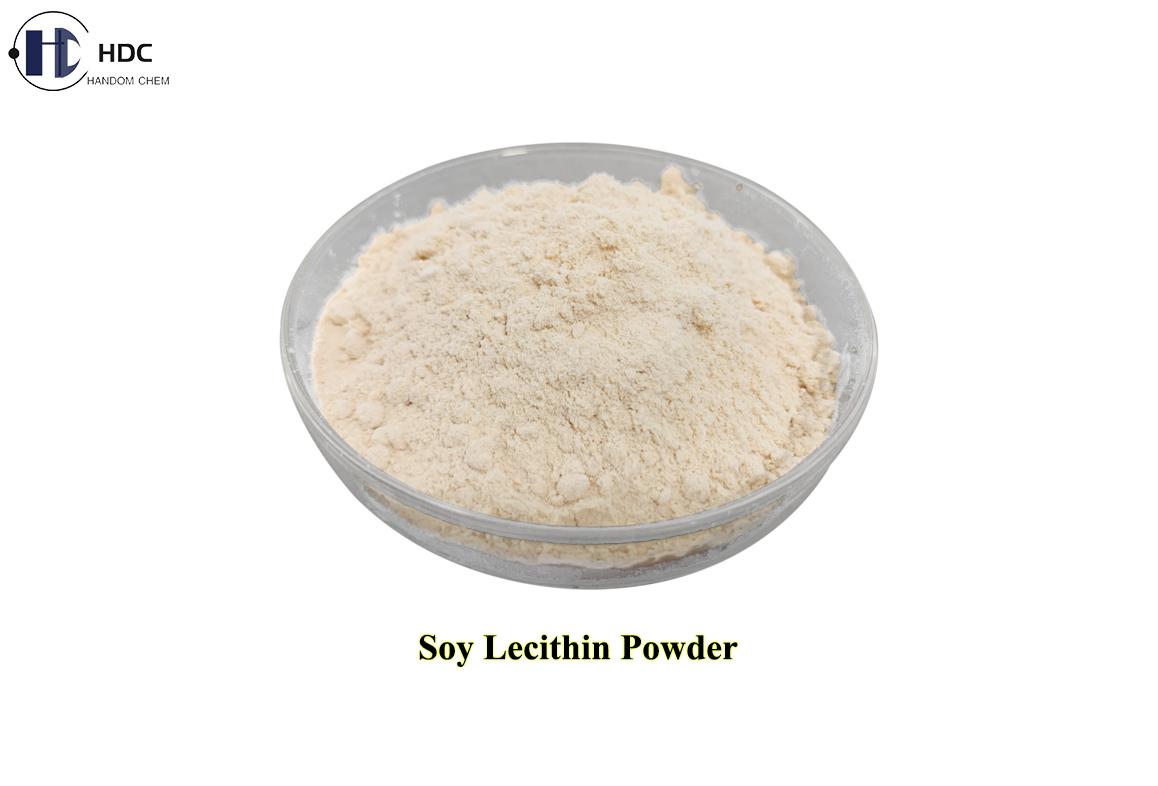
Product Name: Chitosan AzelateGrade: Cosmetic Grade……
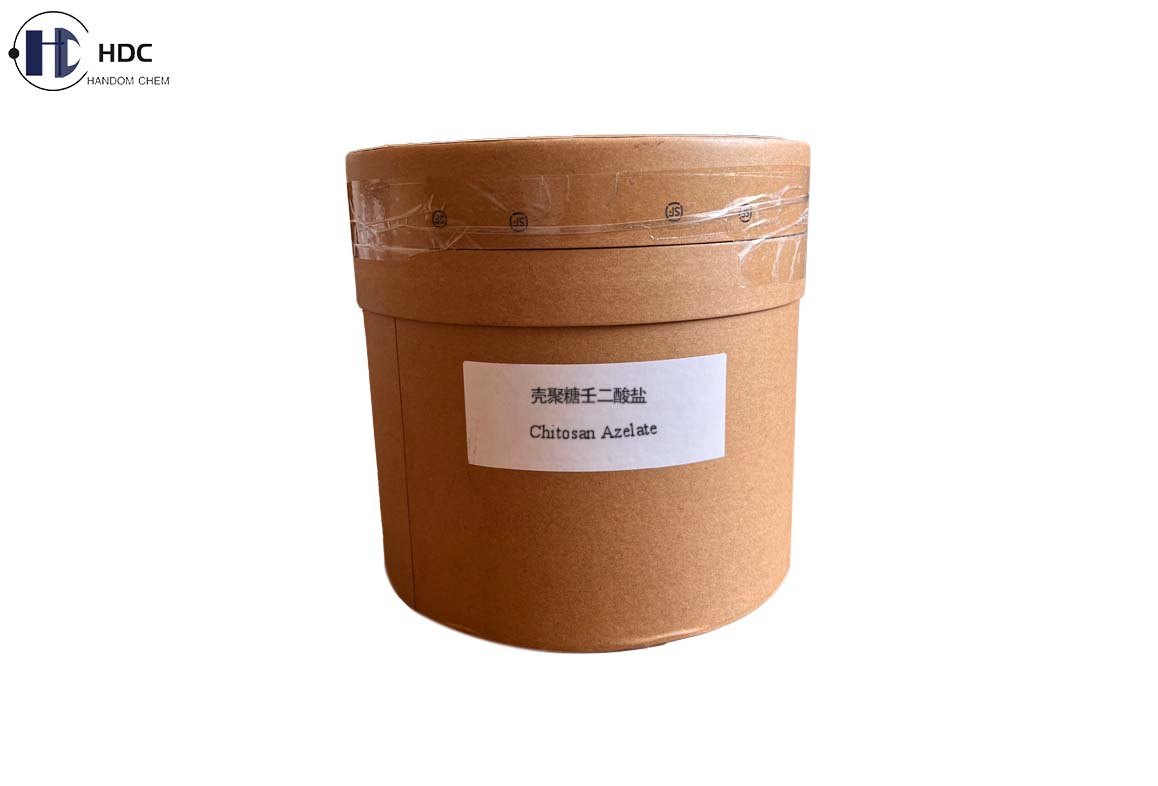
Commodity Name: IscotrizinolChemical Name: Diethylh……
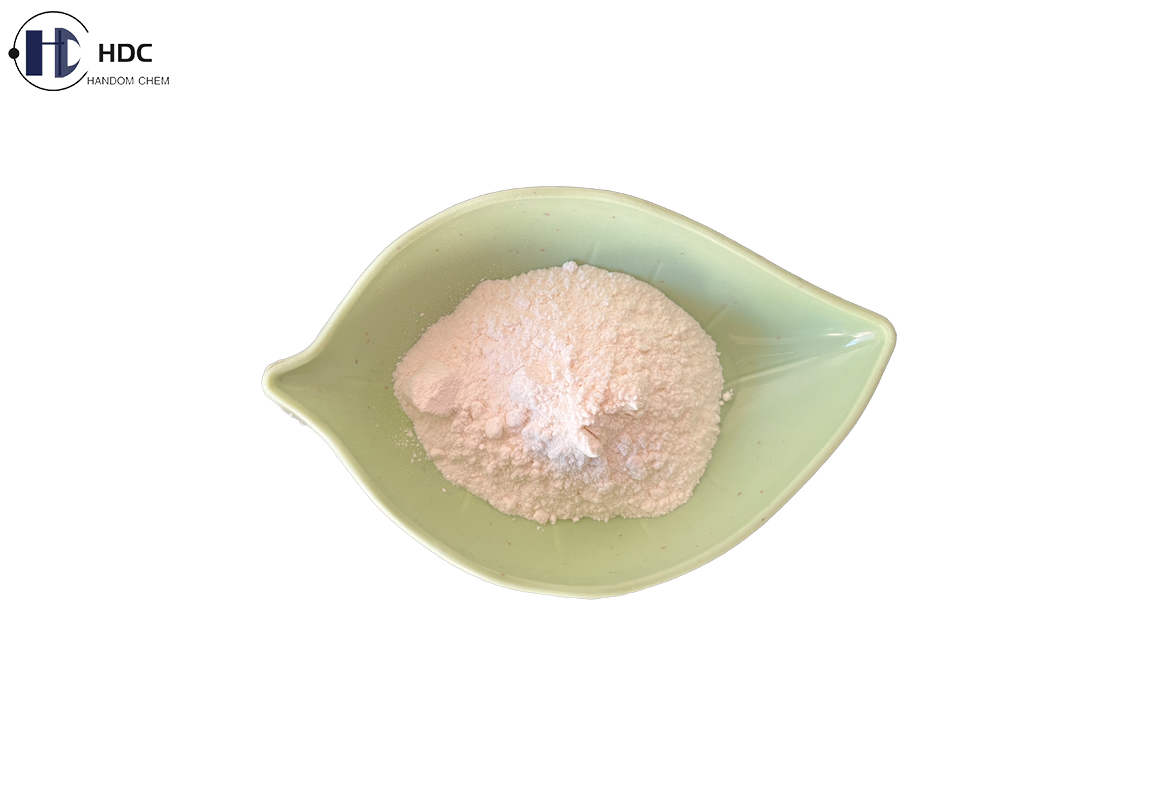
Product Name: Soy Isoflavones
Synonyms: Isoflavone; Soy Isoflavone; Soy Isoflavione; Soybean Extract; 3-Phenylchromen-4-one; Soybean Isoflavones P.E.; 3-phenyl-4H-chromen-4-one; NanoLiposomal Soy Isoflavones; 3-phenyl-4h-1-benzopyran-4-one; (1S,2R,3S,4R)-1,2,3,4,8-pentahydroxy-6-methoxy-3-methyl-2,4-dihydro-1H-anthracene-9,10-dione
CAS No.: 574-12-9
EINECS No.: 611-522-9
Molecular Formula: C15H10O2
Molecular Weight: 222.24
Total isoflavones: ≥5.0%, ≥10.0%, ≥20.0%, ≥40.0%, ≥80.0%, ≥90.0%.
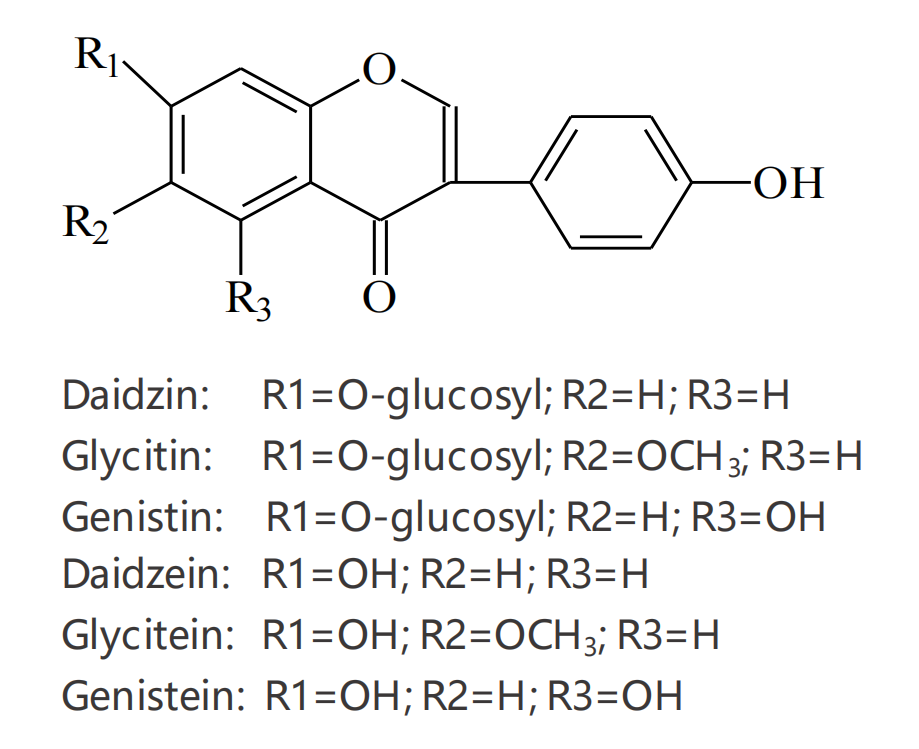
Brief Introduction:
Soy isoflavones are a class of secondary metabolites formed during the growth of soybeans. They are a type of bioflavonoids and also a type of phytoestrogen.
Soy isoflavones are a mixture with a polyphenol structure, there are three main groups, namely Daidzein Groups, Genistin Groups, and Glycitin Groups. Each group exists in four forms: ① Free Form, ② Glucoside Form, ③ Acetyl Glucoside Form, ④ Malonyl Glucoside Form.
The estrogenic effect of soy isoflavones affects hormone secretion, metabolic biological activity, protein synthesis, and growth factor activity. It is a natural chemopreventive agent for cancer.
Main Specifications of our Soy Isoflavones:
① 5% ~ 95% HPLC (From germs)
② 5% ~ 90% HPLC (From cakes)
③ 5% ~ 80% HPLC (Aglycon)
④ 5% ~ 10% HPLC (Water-soluble Type)
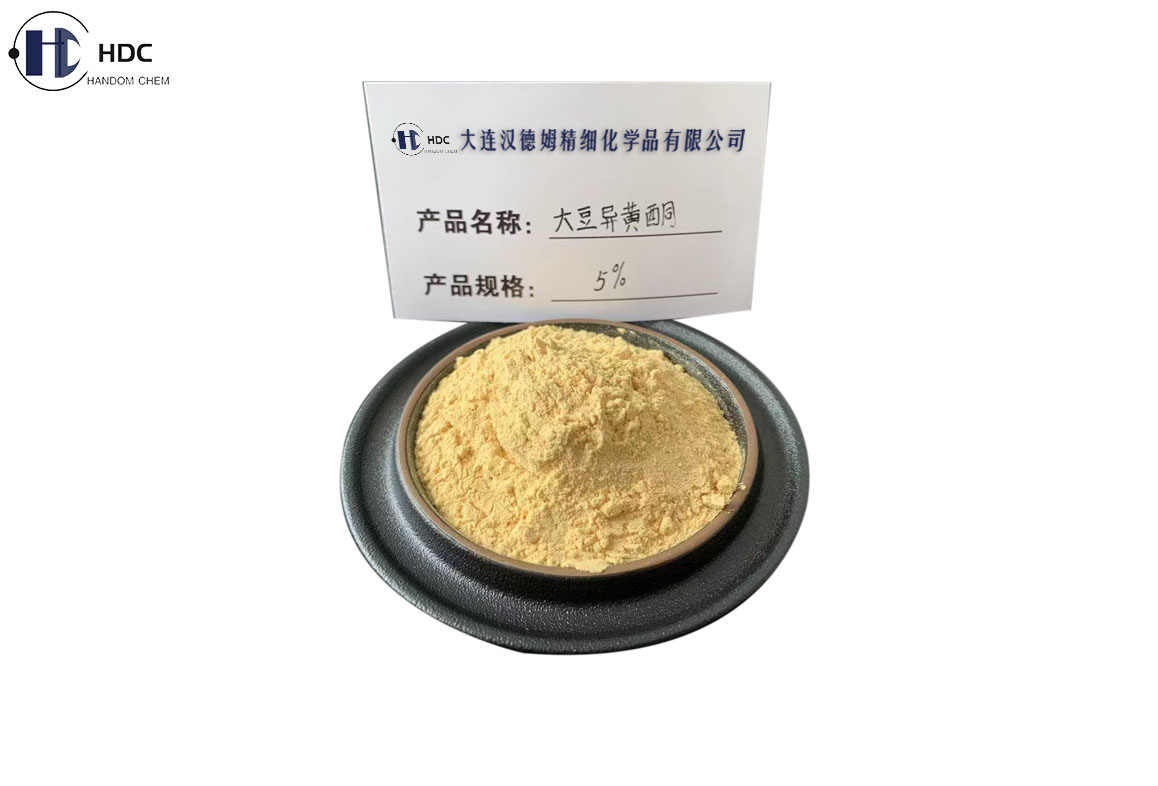
Specifications of our Soy Isoflavones 5% (From germs):
Total isoflavones
Not less than 5.0%
Daidzin
Glycitin
Genistin
Daidzein
Glycitein
Genistein
Physical & Chemical Index
Appearance
Light yellow powder
Odor
Characteristic odor
Bulk Density
45~62g/100ml
Particle Size
. pass through 80 mesh sieve
Moisture
Not more than 5.0%
Ash
Not more than 5.0%
Heavy Metals
Not more than 10 ppm
Lead (Pb)
Not more than 2 ppm
Arsenic (As)
Not more than 1 ppm
Mercury (Hg)
Not more than 0.1 ppm
Microbiological Limits
Total plate count
Not more than 1000 CFU/g
Mould & Yeasts
Not more than 100 CFU/g
Salmonella
Negative
Escherichia coli
Negative
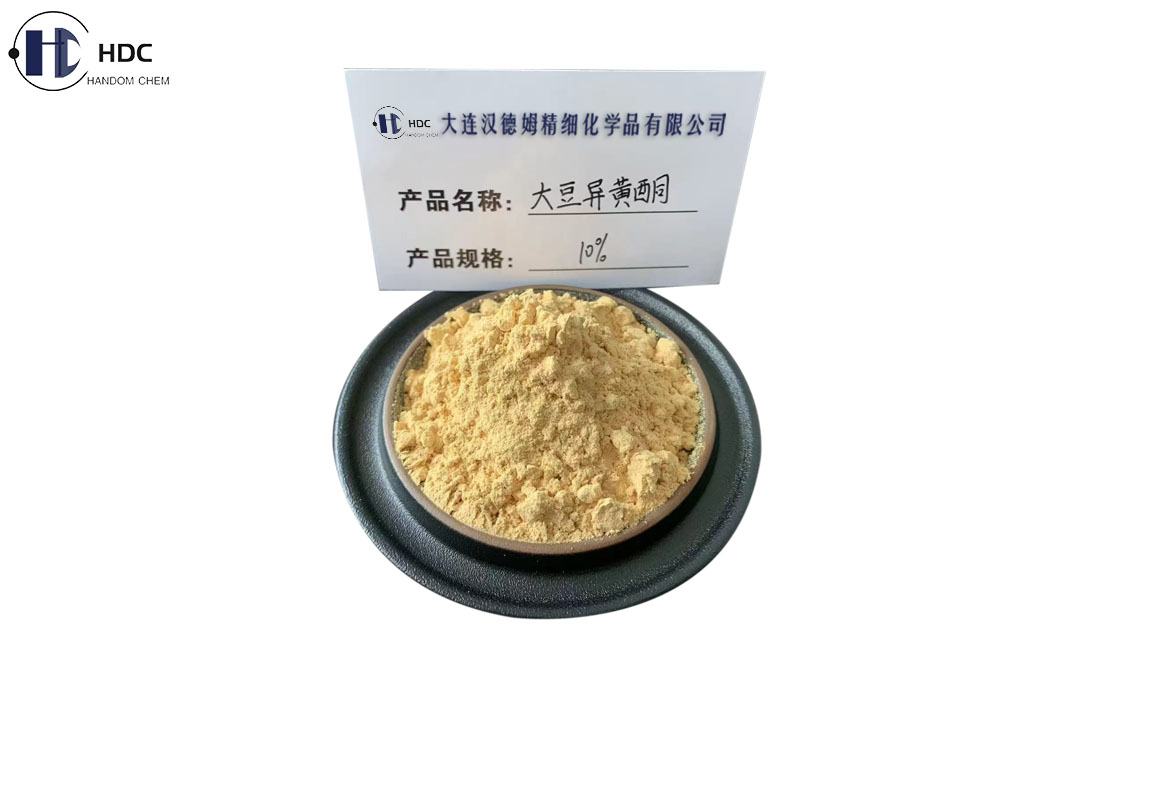
Specifications of our Soy Isoflavones 10% (From germs):
Total isoflavones
Not less than 10.0%
Daidzin
Glycitin
Genistin
Daidzein
Glycitein
Genistein
Physical & Chemical Index
Appearance
Light yellow powder
Odor
Characteristic odor
Bulk Density
45~62g/100ml
Particle Size
. pass through 80 mesh sieve
Moisture
Not more than 5.0%
Ash
Not more than 5.0%
Heavy Metals
Not more than 10 ppm
Lead (Pb)
Not more than 2 ppm
Arsenic (As)
Not more than 1 ppm
Mercury (Hg)
Not more than 0.1 ppm
Microbiological Limits
Total plate count
Not more than 1000 CFU/g
Mould & Yeasts
Not more than 100 CFU/g
Salmonella
Negative
Escherichia coli
Negative
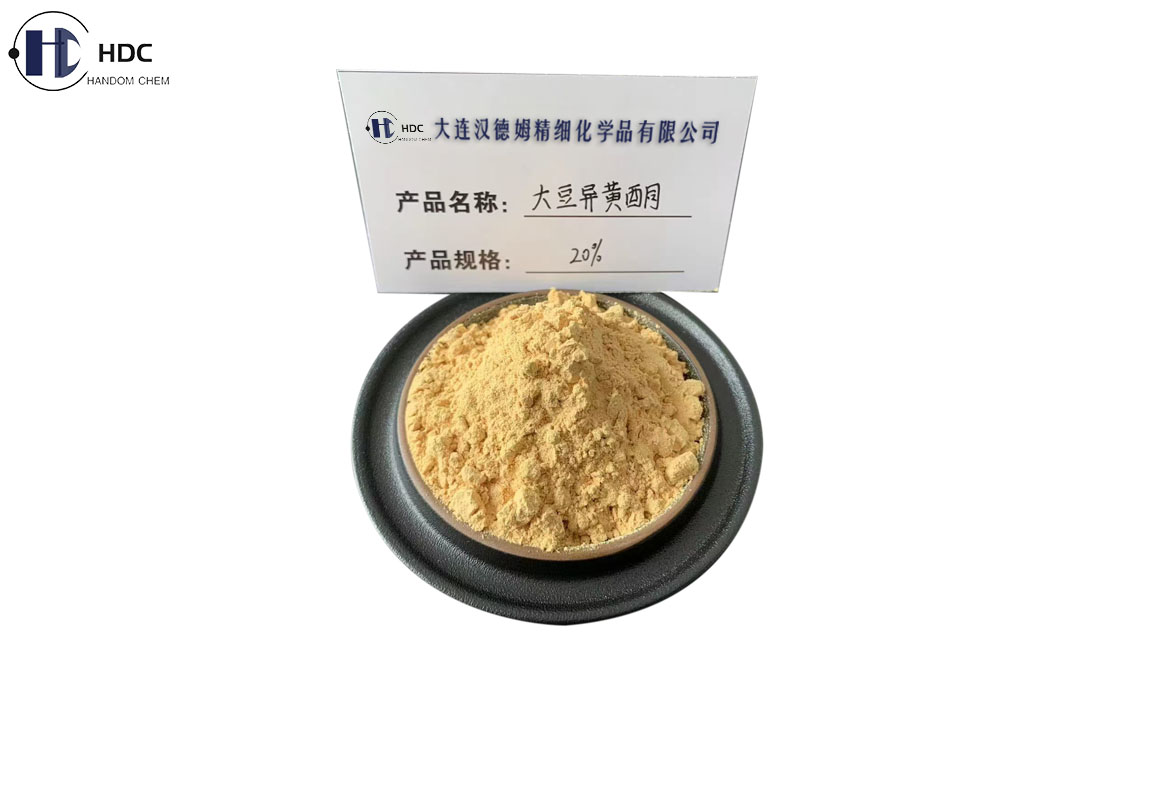
Specifications of our Soy Isoflavones 20% (From germs):
Total isoflavones
Not less than 20.0%
Daidzin
Glycitin
Genistin
Daidzein
Glycitein
Genistein
Physical & Chemical Index
Appearance
Light yellow powder
Odor
Characteristic odor
Bulk Density
45~62g/100ml
Particle Size
. pass through 80 mesh sieve
Moisture
Not more than 5.0%
Ash
Not more than 5.0%
Heavy Metals
Not more than 10 ppm
Lead (Pb)
Not more than 2 ppm
Arsenic (As)
Not more than 1 ppm
Mercury (Hg)
Not more than 0.1 ppm
Microbiological Limits
Total plate count
Not more than 1000 CFU/g
Mould & Yeasts
Not more than 100 CFU/g
Salmonella
Negative
Escherichia coli
Negative
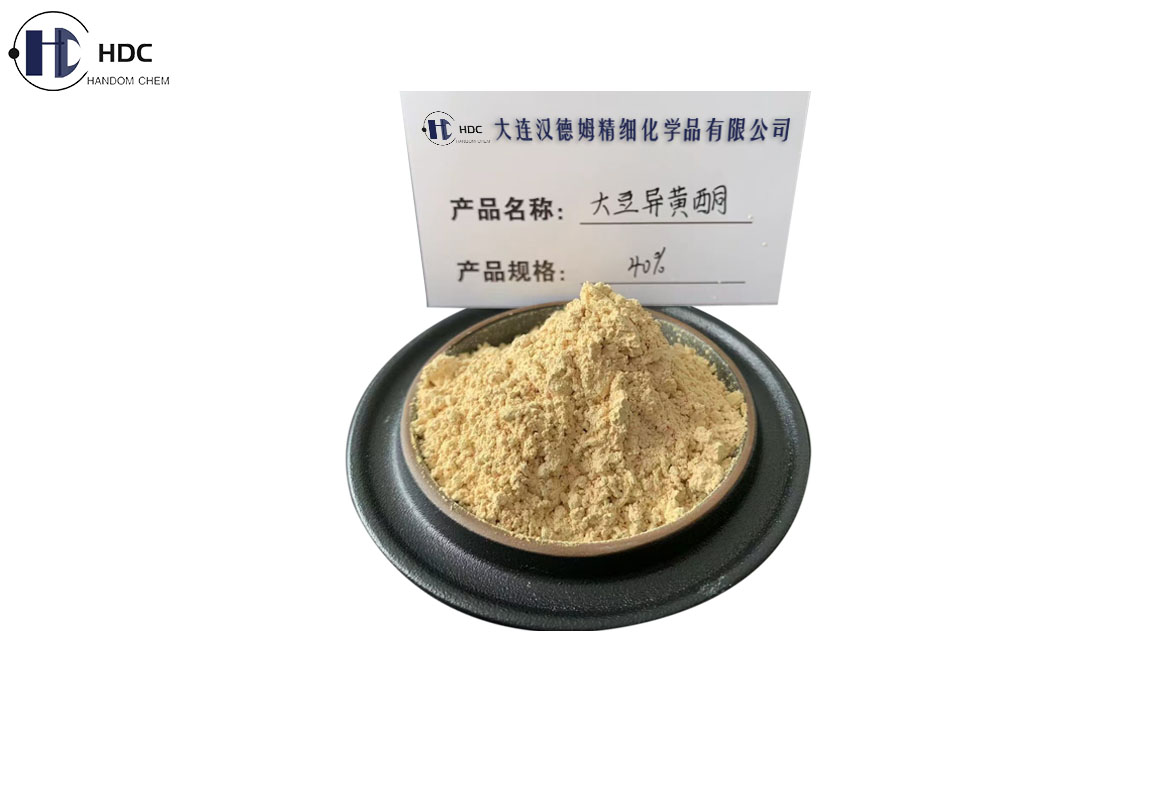
Specifications of our Soy Isoflavones 40% (From germs):
Total isoflavones
Not less than 40.0%
Daidzin
Glycitin
Genistin
Daidzein
Glycitein
Genistein
Physical & Chemical Index
Appearance
Light yellow powder
Odor
Characteristic odor
Bulk Density
45~62g/100ml
Particle Size
. pass through 80 mesh sieve
Moisture
Not more than 5.0%
Ash
Not more than 5.0%
Heavy Metals
Not more than 10 ppm
Lead (Pb)
Not more than 2 ppm
Arsenic (As)
Not more than 1 ppm
Mercury (Hg)
Not more than 0.1 ppm
Microbiological Limits
Total plate count
Not more than 1000 CFU/g
Mould & Yeasts
Not more than 100 CFU/g
Salmonella
Negative
Escherichia coli
Negative
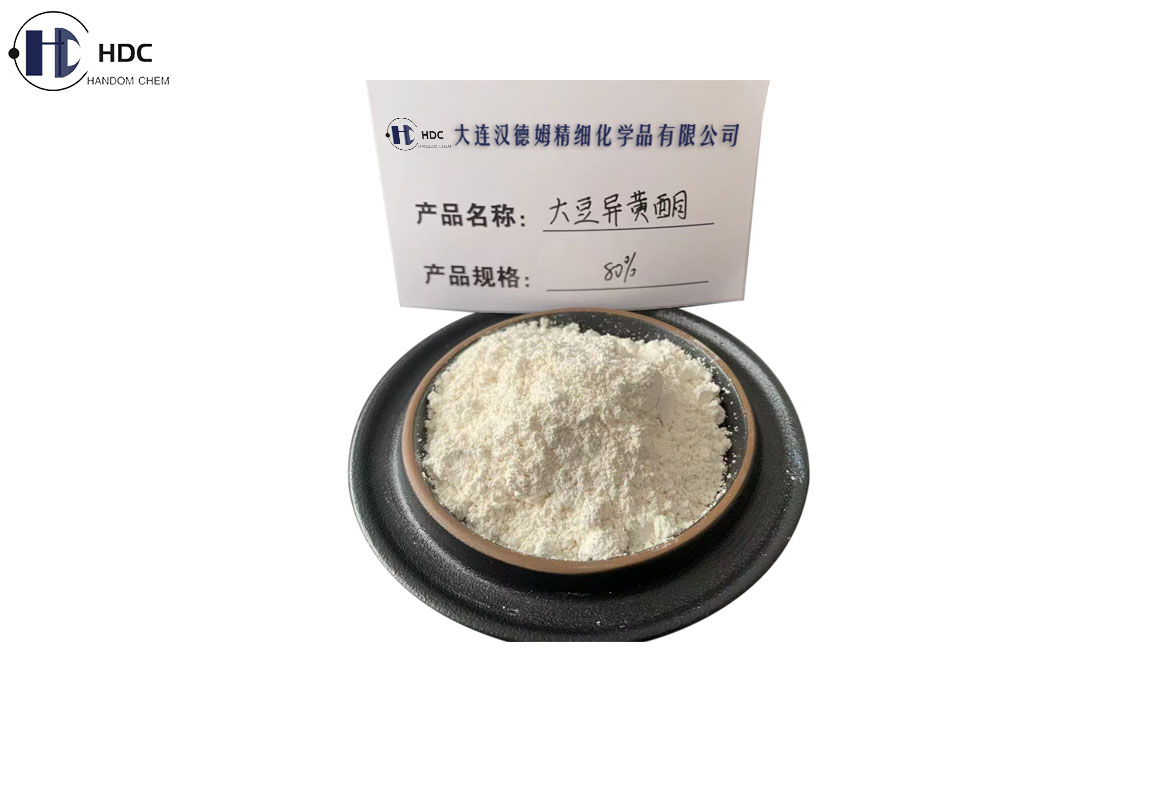
Specifications of our Soy Isoflavones 80% (From germs):
Total isoflavones
Not less than 80.0%
Daidzin
Glycitin
Genistin
Daidzein
Glycitein
Genistein
Physical & Chemical Index
Appearance
White powder
Odor
Characteristic odor
Bulk Density
45~62g/100ml
Particle Size
. pass through 80 mesh sieve
Moisture
Not more than 5.0%
Ash
Not more than 5.0%
Heavy Metals
Not more than 10 ppm
Lead (Pb)
Not more than 2 ppm
Arsenic (As)
Not more than 1 ppm
Mercury (Hg)
Not more than 0.1 ppm
Microbiological Limits
Total plate count
Not more than 1000 CFU/g
Mould & Yeasts
Not more than 100 CFU/g
Salmonella
Negative
Escherichia coli
Negative
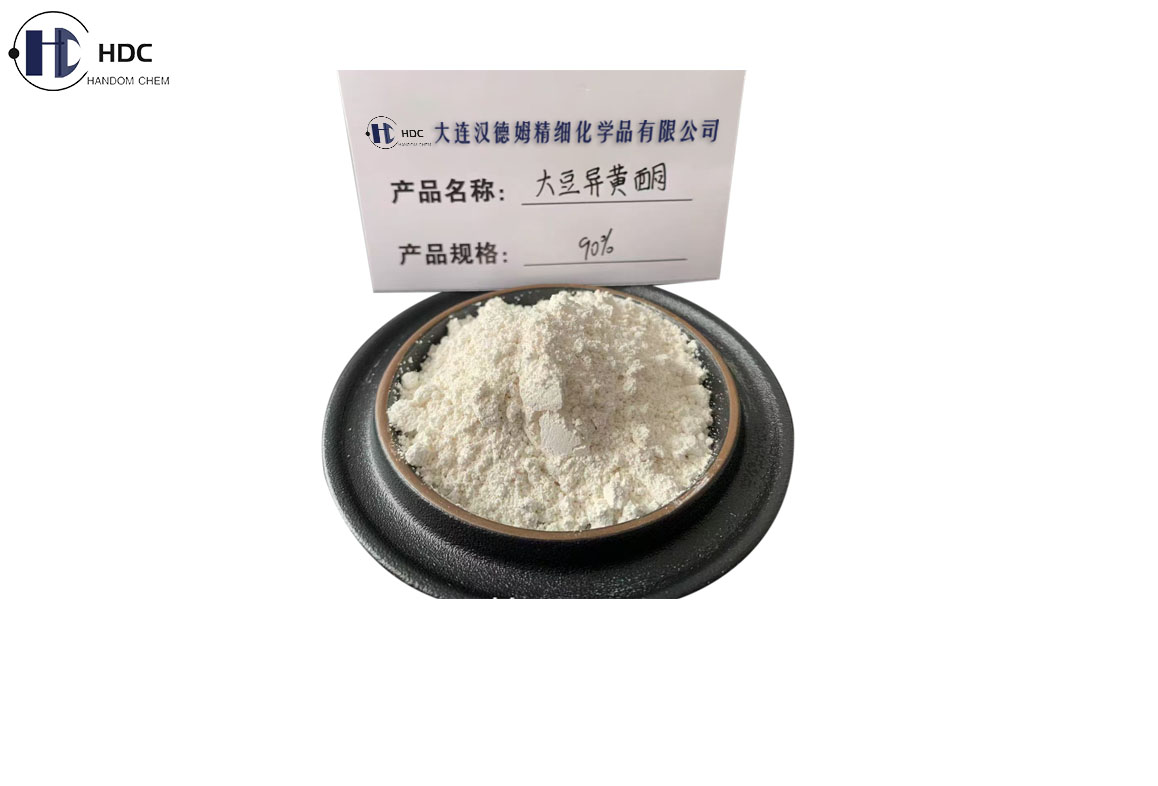
Specifications of our Soy Isoflavones 90% (From germs):
Total isoflavones
Not less than 90.0%
Daidzin
Glycitin
Genistin
Daidzein
Glycitein
Genistein
Physical & Chemical Index
Appearance
White powder
Odor
Characteristic odor
Bulk Density
45~62g/100ml
Solubility
Soluble in ethanol
Particle Size
. pass through 80 mesh sieve
Moisture
Not more than 5.0%
Ash
Not more than 5.0%
Heavy Metals
Not more than 10 ppm
Lead (Pb)
Not more than 2 ppm
Arsenic (As)
Not more than 1 ppm
Mercury (Hg)
Not more than 0.1 ppm
Microbiological Limits
Total plate count
Not more than 1000 CFU/g
Mould & Yeasts
Not more than 100 CFU/g
Salmonella
Negative
Escherichia coli
Negative
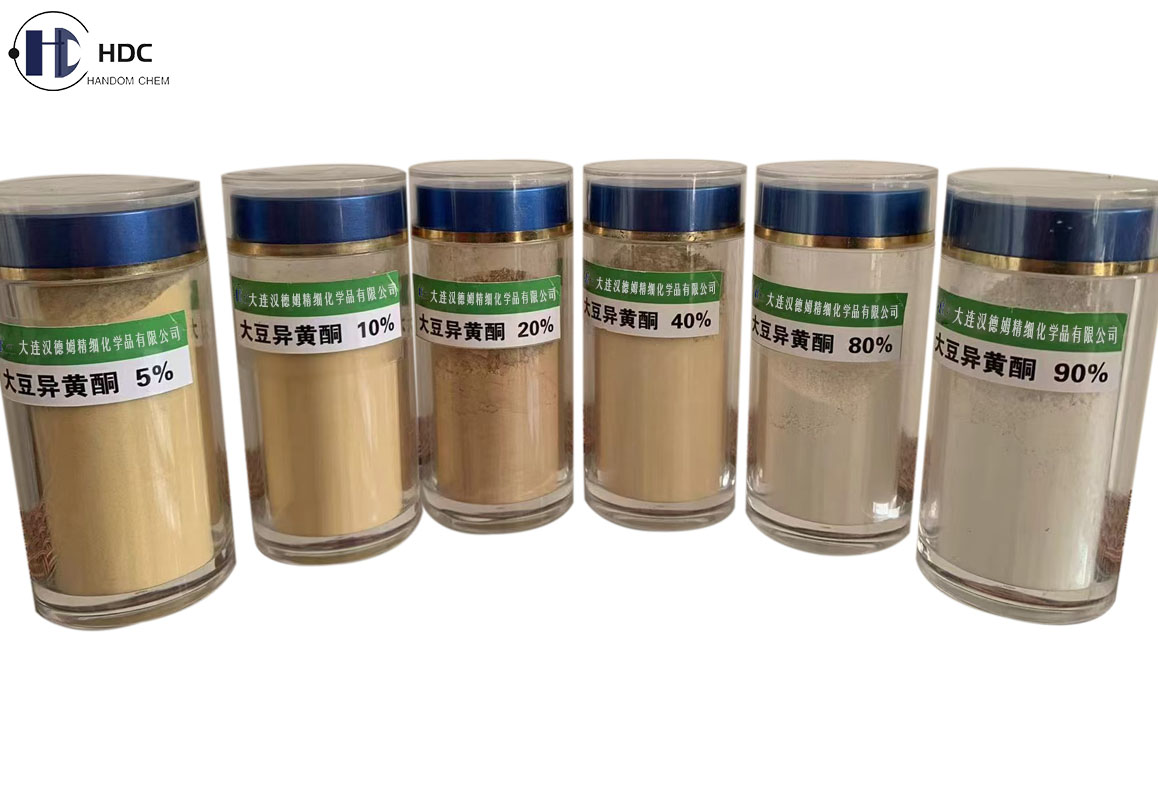
Physiological Functions and Effects:
Soy isoflavones are a type of plant estrogen with multiple physiological functions, they can be used to prevent and treat menopausal syndrome, cardiovascular diseases, cognitive impairment and certain cancers.
1) Phytoestrogen Effect:
The structure is similar to human estrogen (β-Estradiol), which can regulate hormone levels in both directions:
▼ When estrogen levels are low (such as menopause): weak supplementation to relieve hot flashes and osteoporosis.
▲ When estrogen levels are high (such as women of childbearing age): compete for receptors to reduce the risk of estrogen overstimulation.
2) Antioxidant Effect:
Remove free radicals, reduce oxidative damage, and delay cell aging.
3) Cardiovascular Protection:
Reduce low-density lipoprotein (LDL), improve vascular elasticity, and may reduce the risk of arteriosclerosis.
4) Anti-cancer Potential:
Studies have shown that soy isoflavones may reduce the risk of breast cancer and prostate cancer (the mechanism includes inhibiting tumor angiogenesis).
5) Bone Health:
Reduce bone loss, especially for menopausal women to prevent osteoporosis.
Application Areas:
1) Health Food:
Soy isoflavones can be added to health food to relieve menopausal symptoms, anti-oxidation or maintain bone health.
2) Medicine:
Soy isoflavones can be used to study its role in cancer adjuvant treatment and cardiovascular disease prevention.
3) Cosmetics:
Soy isoflavones can be added to anti-aging products using its antioxidant properties.
Packaging:
100g/Bag, 200g/Bag, 500g/Bag, 1kg/Bag, 5kg/Carton, 10kg/Carton, 20kg/Drum or according to the specific requirements from customers.
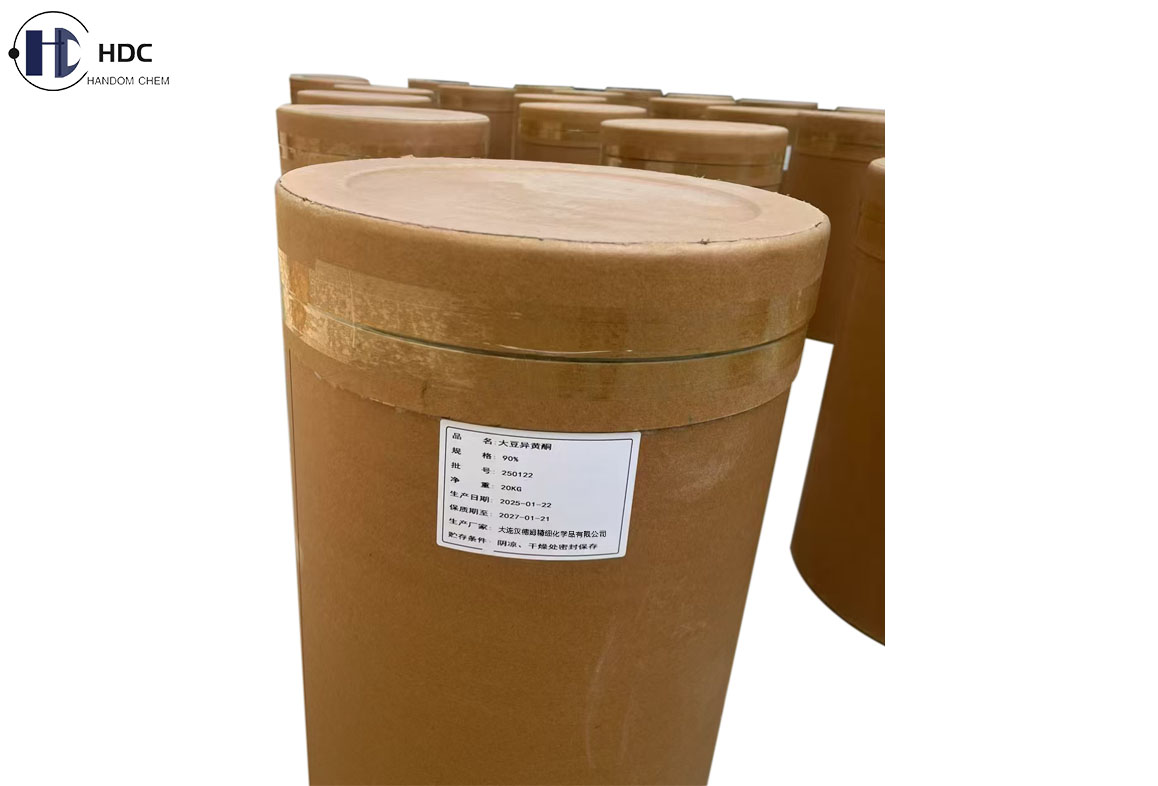
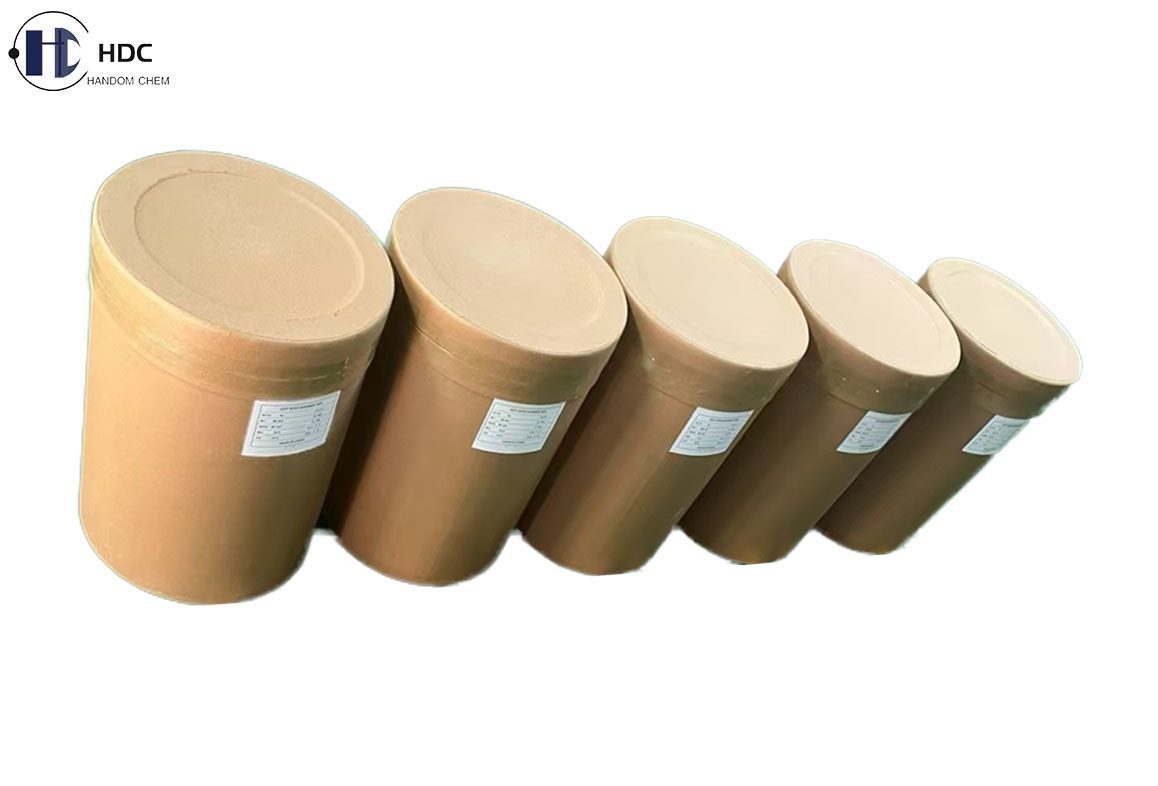
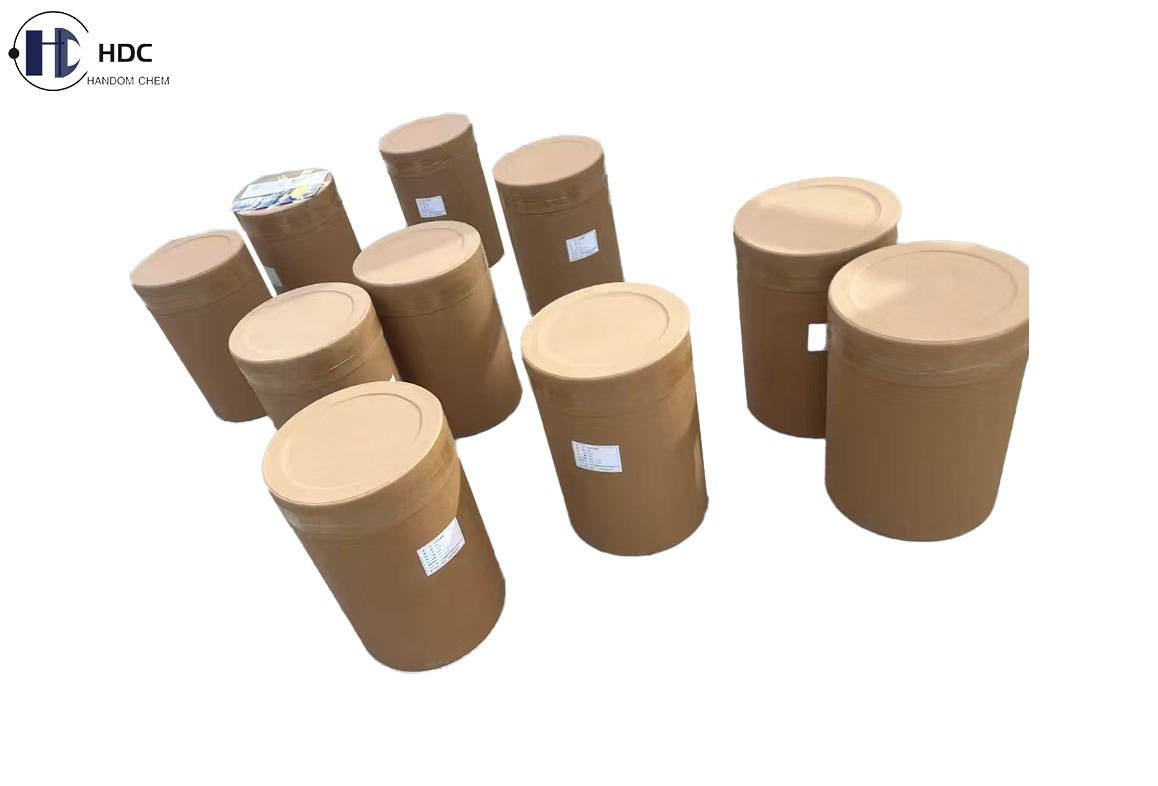
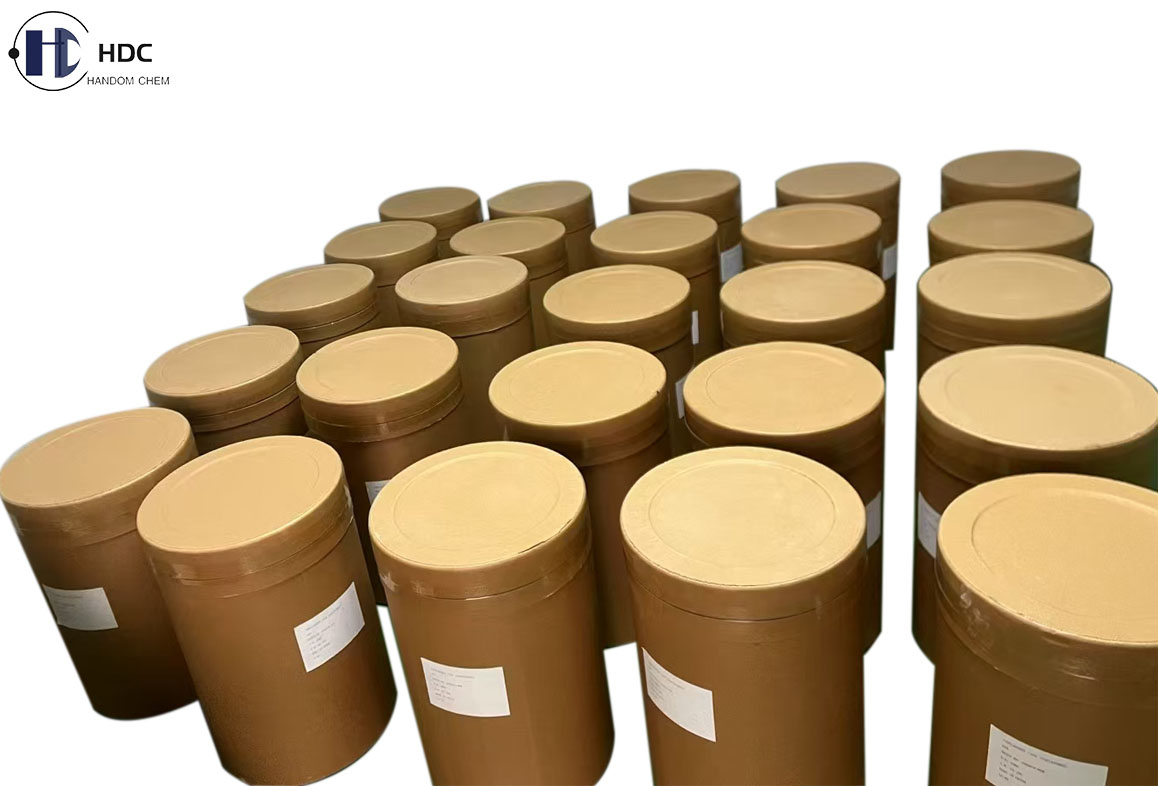
Storage Conditions:
Preserved in unopened original containers in a cool dry place before using; kept away from direct sunlight, heat and moisture.
Shelf Life:
24 months from the date of manufacturing when stored under the above conditions.